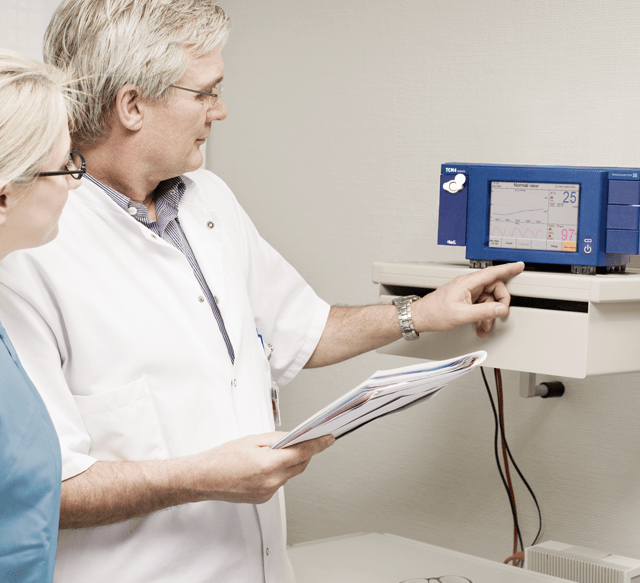
Radiometer Transcutaneous Monitoring Solutions: Training Portal
Empowering caregivers to make diagnostic decisions to improve patient care

TCM TOSCA
The TCM TOSCA monitoring system is intended for continuous transcutaneous monitoring of carbon dioxide (tcpCO2) partial pressures, oxygen saturation of arterial hemoglobin (SpO2) and pulse rate. It is indicated for use on pediatrics and adults.

TCM CombiM
The TCM CombiM monitoring system is intended for continuous transcutaneous monitoring of carbon dioxide (tcpCO2) and oxygen (tcpO2) partial pressures. It is indicated for use on neonates, pediatrics and adults not under gas anesthesia.

PeriFlux 6000 tcpO2 stand-alone transcutaneous monitor
The PeriFlux 6000 equipped with PF 6040 function units measures the oxygen and carbon dioxide from a tissue transcutaneously. Up to 8 simultaneous measurements are possible depending on the number of installed PF 6040 function units.
Request Support

TCM Technical Support

TCM Training Sessions
Cookies are used on this website
Use of cookiesPlease enter a valid email
We will be sending an e-mail invitation to you shortly to sign in using Microsoft Azure AD.
It seems that your e-mail is not registered with us
Please click "Get started" in the e-mail to complete the registration process
Radiometer is using Microsoft AZURE Active Directory to authenticate users
Radiometer uses Azure AD to provide our customers and partners secure access to documents, resources, and other services on our customer portal.
If your organization is already using Azure AD you can use the same credentials to access Radiometer's customer portal.
Key benefits
- Allow the use of existing Active Directory credentials
- Single-sign on experience
- Use same credentials to access future services
Request access
You will receive an invitation to access our services via e-mail when your request has been approved.
When you accept the invitation, and your organization is already using AZURE AD, you can use the same credentials to access Radiometer's customer portal. Otherwise, a one-time password will be sent via e-mail to sign in.




